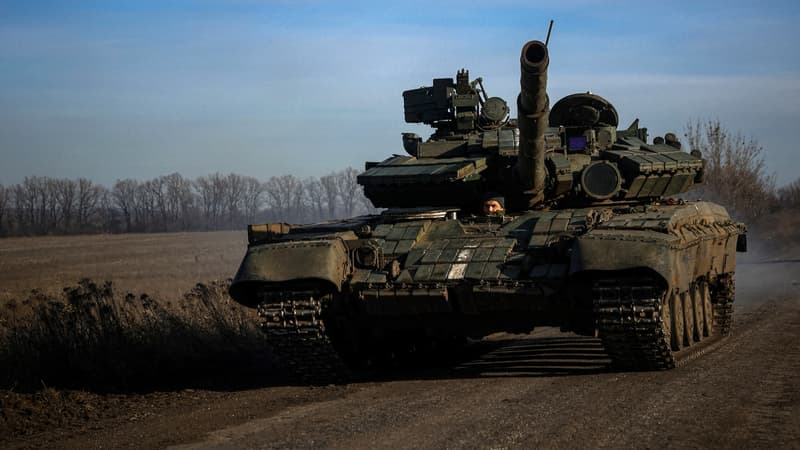With almost a month to go until the first anniversary of the war in Ukraine, are we witnessing a return of Russia? Moscow claims to have achieved a victory last week, claiming the capture of the city of Soledar, in eastern Ukraine, located near that of Bakhmout that the Russians have been trying to seize for months. A potential takeover that had Vladimir Putin saying on Sunday that his country was in “a positive dynamic” at the front.
While Moscow has suffered military failures for several months, such as its withdrawal from Kherson, “it would be very dangerous to underestimate Russia,” NATO Secretary General Jens Stoltenberg said at the World Economic Forum in Davos, Switzerland on Wednesday. .
“Vladimir Putin is planning new offensives and is ready to sacrifice his youth. He has mobilized more than 200,000 fighters and is in the process of acquiring weapons from authoritarian regimes like Iran,” he warned.
“Time is running out,” insisted the head of the military alliance, calling for more support from Western countries for Ukraine.
A new strategic action is expected
In fact, several observers anticipate a new rise in power for Russia, without being able to date it precisely. For the Institute for the Study of War (ISW), an American think tank, “the Kremlin is probably preparing to carry out, over the next six months, a decisive strategic action aimed at regaining the initiative and putting an end to the Ukrainian current chain”. of operational successes”.
ISW reports in a January 15 memo on “emerging evidence” showing that the Russian president is “altering fundamental aspects of Russia’s approach to war by undertaking several new lines of effort.”
The think tank reports, for example, that “the Russian military is keeping personnel mobilized for future use, a departure from the Kremlin’s initial approach of rapidly dispatching untrained soldiers to the front line in the fall of 2022.”
The French Minister of the Armed Forces, Sébastien Lecornu, also scheduled for early January at LCI a “rather terrestrial counterattack” on a “February-March” horizon, relying on the forces mobilized in September.
“It is clear that we are going to enter a moment of massification, where the Russians are going to throw all their forces into battle,” said the minister, adding that “the first quarter of 2023 will be quite decisive.”
Towards a second mobilization?
For the Ukrainian authorities, this “massification” could be based on a new wave of mobilization in Russia, as explained by the deputy head of Ukrainian intelligence Vadym Skibitsky in the guardian In the past week. The first “partial mobilization” was announced by Vladimir Putin in September and resulted in the registration of 300,000 people, according to Russia.
This thesis is also considered by the British Ministry of Defense. On January 15, in his daily bulletin on the situation in Ukraine, he considered it “highly possible that the Russian leadership hopes that a change in the age criteria for conscription could strengthen the manpower available to fight in Ukraine while it seems less alarming for the population than the announcement of a new round of the unpopular ‘partial mobilization’ process”.
For example, in Russia there has been talk of raising the maximum age for compulsory military service from 27 to 30, according to the ministry.
Source: BFM TV


